
In the midst of a booming holiday shopping season, a subtle but seismic shift is unfolding in U.S. retail. Beauty giants Sephora and Ulta have quietly slashed their return windows from 60 to 30 days, leaving millions of shoppers with less time to decide. Security tags, once reserved for high-end electronics, now adorn clothing and beauty products, tracking returns and preventing “wardrobing.”
Meanwhile, fraudulent returns cost retailers an astonishing $103 billion, shaking the foundations of an industry built on consumer convenience. As retailers grapple with rising costs and tighter margins, this shift may fundamentally alter how we shop — and how we return. But what’s driving this change, and how will it reshape your holiday purchases? Stay tuned to discover the full scope of the retail return revolution.
Why It’s Happening

Return rates rose from 14.5% (2023) to 16.9% (2024) of total retail sales. Online purchases return at nearly three times the rate of in-store purchases (24.5% online vs. 8.7% in-store). Fraudulent returns cost retailers $103 billion in 2024, with “wardrobing” affecting 60% of retailers and “bracketing” normalized among 51% of Gen Z.
Return processing consumes up to 30% of retailer margins. Every returned item requires shipping, inspection, restocking, and often liquidation at reduced prices. Retailers face existential pressure: choose between customer goodwill and financial survival.
Everyday Shopping Transforms

Walk into any major retailer, and you’ll encounter transformed checkout experiences. Security tags—once protecting high-value electronics—now festoon clothing, beauty products, and home goods. Modern RFID-enabled tags track inventory, flag duplicate returns, and degrade with moisture to reveal wear.
The 30-day window compression creates immediate pressure on everyday purchases. A dress bought for a November wedding might expire before holiday parties arrive. Store associates now scan government IDs to track return histories, with serial returners facing account closures or forced store-credit policies.
Fast Fashion Confronts Reckoning

The apparel industry, where online return rates exceed 24.5%, faces existential pressure. Fashion retailers who built business models on “buy-before-you-try” convenience now hemorrhage money. ASOS began closing accounts of serial returners and introduced £3.95 return fees.
Major chains deploy ink tags that damage merchandise if removed, internal seams with QR codes that fade after washing. H&M, Zara, and Amazon implemented return fees. The 30-day window means seasonal clothing must be decided immediately, eliminating the “buy now, decide later” culture that drove growth.
Beauty Sector Transformation

Ulta and Sephora’s simultaneous move from 60 to 30 days represents a coordinated industry response. Returns made days 31-60 receive only store credit instead of cash refunds at Ulta. Sephora requires government ID verification and tracks customer return histories.
The challenge runs deeper than policy: customers legitimately need to test products for skin reactions, shade matching, and allergen sensitivity. Holiday purchases made in November expire before January returns, fundamentally changing gift-giving strategies. The shift forces beauty shoppers toward riskier in-store testing or accepting higher financial risk.
Global Trade Rebalances
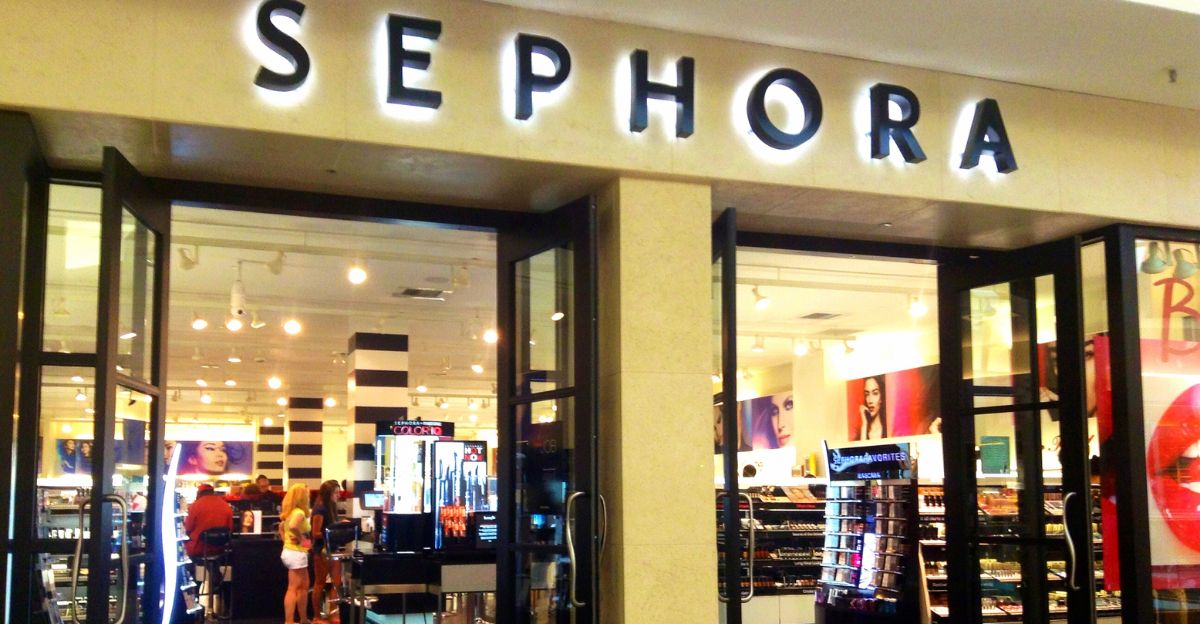
American consumers enjoy return privileges that are virtually unknown elsewhere. In France and Singapore, Sephora customers get only 14 days; used products are typically rejected. Max Mara offers 14 days globally. This disparity creates competitive advantages for U.S. retailers but complicates cross-border e-commerce. International return shipping costs exceed product values.
As American policies tighten toward global standards, the unique “try-at-home” culture fueling U.S. e-commerce dominance erodes. Zalando cut its return window from 100 to 30 days in key markets—among the most dramatic global policy contractions.
Consumer Voices Sound Alarm
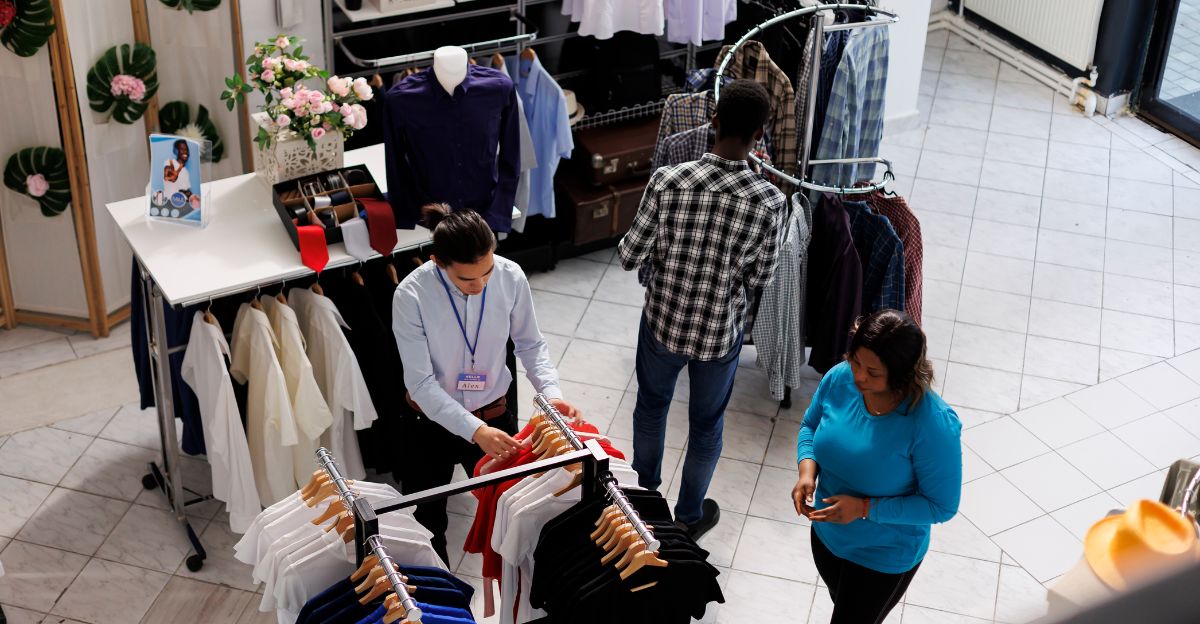
Some shoppers have reported being in overdraft because they were unable to return items. Three-quarters of people with mental health challenges who regretted purchases didn’t return them, with 90% experiencing negative financial and emotional effects.
The shortened windows particularly harm those with depression, anxiety, or agoraphobia. When nearly half of people with mental health problems cite postage costs as prohibitive, and retailers charge $4.95-$9.99 for returns, the “easy returns” promise evaporates. Consumers rank hassle-free returns as more important than ever, yet up to 18% abandon purchases anticipating return difficulties.
Political Pressure Builds
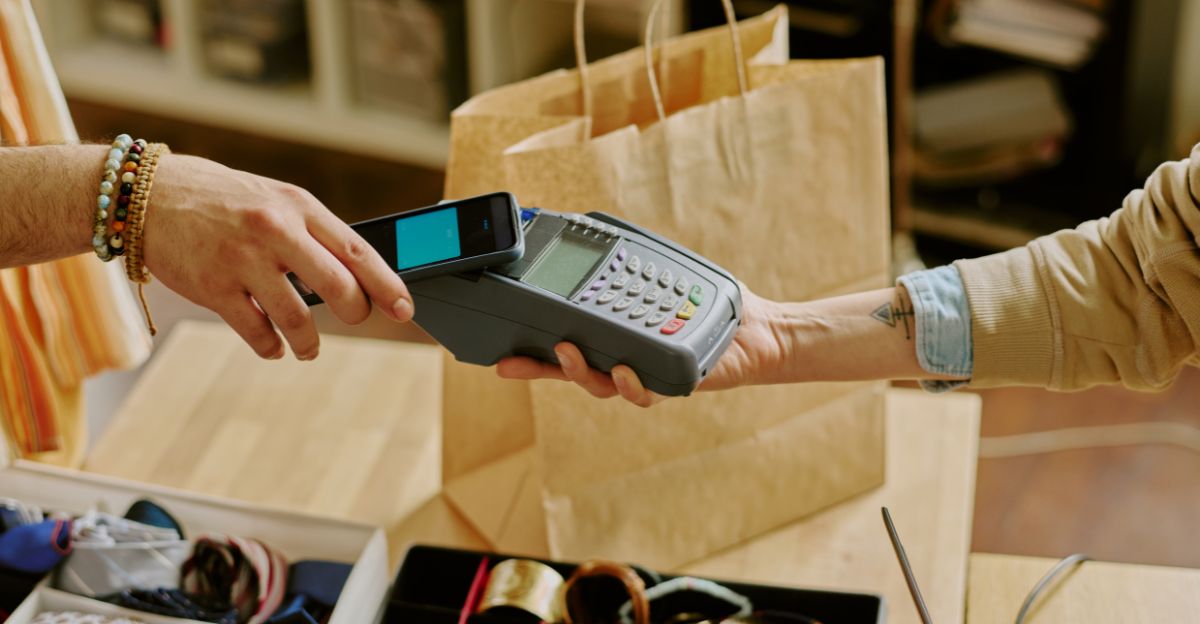
While no federal U.S. legislation emerged, consumer protection frameworks face testing. South Africa’s Consumer Protection Act mandates retailers to accept returns of defective goods within six months and prohibits “no returns” policies. U.S. retailers operate in patchwork regulatory environments. New York law mandates that stores post refund policies or default to 30-day returns.
Federal law requires refunds for defective products, but beyond this, policies vary wildly. With 84% of retailers citing fraud concerns as significant, industry lobbying focuses on protecting restrictions. Consumer advocacy groups increasingly argue that mental health accommodations should factor into policy design.
Inflation Pressures Intensify

Return costs don’t vanish—they migrate into prices. Retailers facing $890 billion annual returns and $103 billion fraud losses must recover somewhere. Processing returns and refurbishing products consumes up to 15% of retailer revenue—costs ultimately passed to consumers through higher prices.
Smaller retailers lacking sophisticated fraud detection must implement more stringent policies, creating competitive disadvantages. Even customers who never return anything subsidize the minority who abuse policies. Inflation-conscious shoppers face higher prices alongside reduced return flexibility. Costs compound across the entire economy.
Store Credit Replaces Cash
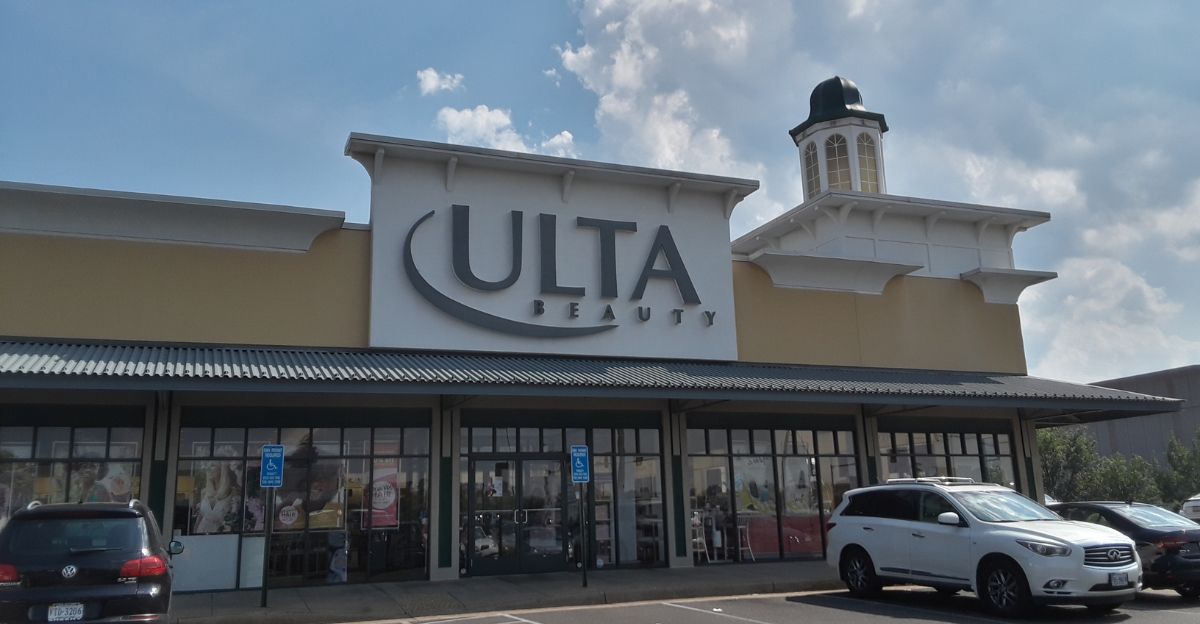
The shift from cash refunds to store credit represents retail’s quietest but most consequential change. Store credit retains revenue within businesses, rather than losing money through refunds. Studies indicate 68% of customers return for another purchase after receiving store credit, with higher repeat business compared to cash refunds.
Ulta’s tiered approach exemplifies this: full refunds within 30 days, store credit only for days 31-60. For retailers, store credit reduces chargebacks and fraud. For consumers, it represents locked-in spending—money earmarked for one retailer rather than flexible funds.
Online Retail Recalibrates

E-commerce giants built empires on “free returns, no questions asked,” but now reverse course. Amazon’s holiday extension—purchases November 1–December 31 returnable until January 31—represents one of the few remaining generous policies, yet excludes certain brands. Best Buy offers just 15 days normally, extending to January 15 for holiday purchases.
Target, Kohl’s, JCPenney, and Macy’s increasingly attach fees to mail-in returns while incentivizing in-store dropoffs. This omnichannel strategy reduces shipping costs while driving foot traffic. The message: returns remain possible, but convenience requires physical store visits, partially reversing e-commerce’s core proposition.
Packaging and Logistics Industries Boom

While retailers suffer, adjacent industries capitalize. The retail e-commerce packaging market projects growth from $19.4 billion (2025) to $30.9 billion (2035), driven partly by return-resistant innovations. Protective packaging minimizes damage and subsequent returns, commanding significant market revenue.
Reverse logistics, processing returned items, is a growing sector expanding rapidly. Seventy-five percent of retailers plan reverse logistics automation investments in 2025. Security tag manufacturers experience parallel growth—the retail anti-theft system market is projected to reach $116.2 billion by 2032, expanding at a 12.5% CAGR.
International Consumers Feel Squeeze

Asian shoppers, accustomed to free shipping and returns, face dramatic shifts. Free returns—once standard to compete for e-commerce dominance—now carry fees that alter purchase economics. European consumers watch American policies tighten toward their norms rather than liberalize. The global reverse logistics market reflects worldwide grappling with return economics.
Germany’s return rates versus America’s 16.9% suggest U.S. consumer behavior remains outlier territory. Countries adopting American-style generosity now retreat. International shoppers increasingly face personalized policies based on purchase history, not universal rights.
Mental Health and Lifestyle Cascades

According to researchers, shopping can be retail therapy, but returns that feel slow or judgmental destroy that comfort. Up to 18% of customers abandon purchases due to the expectation of difficult returns—preemptive anxiety suppressing commerce. The 30-day compression particularly impacts flexitarian diet adopters responding to price pressures.
When return windows shrink simultaneously across categories, experimentation becomes riskier. Parents buying seasonal items face compounded stress: shorter deadlines plus higher stakes for growing children who outgrow items before windows close. Shortened windows trap vulnerable individuals with regretted purchases, worsening financial and psychological strain.
Environmental Debate Ignites
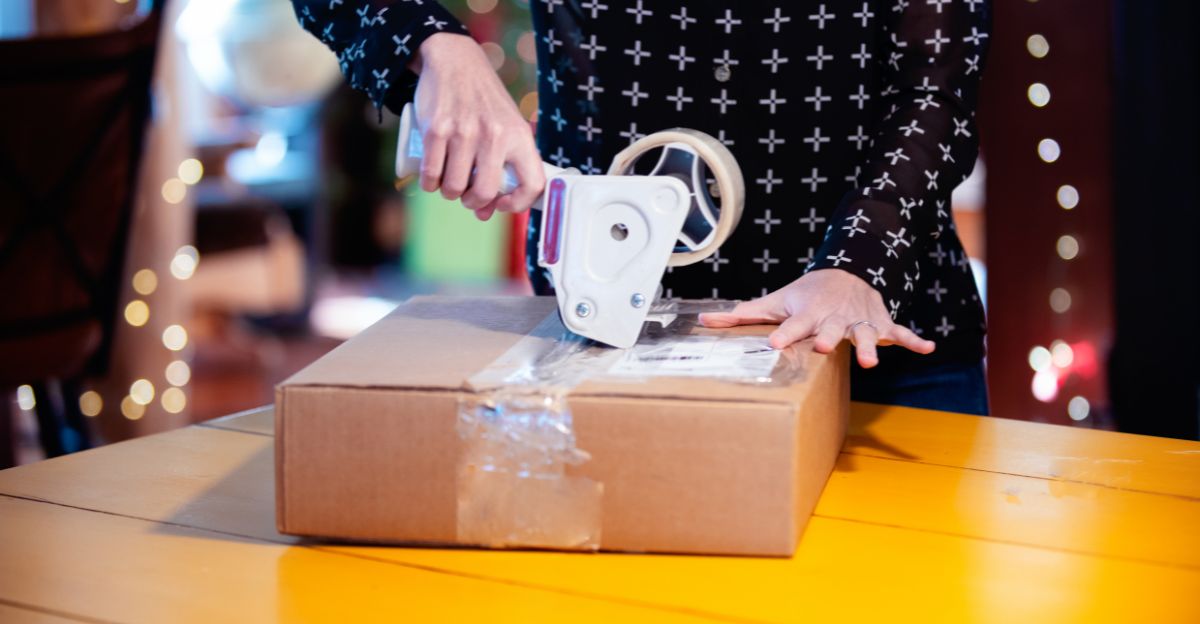
Returns generate 16 million metric tons of CO₂ annually from U.S. online orders—equivalent to the energy use of two million homes yearly. Approximately 2.6 million tons of returned goods ended up in landfills; reverse logistics account for significant portions of fashion e-commerce carbon footprints.
Each return requires duplicate transportation, additional packaging, energy-intensive inspection, and often results in destruction. Ironically, stricter policies may worsen outcomes—when customers fear returns, they buy more items to ensure one works. Retailers using AI-driven systems report reductions in overall returns, meaningfully decreasing environmental impact.
Unexpected Winners Emerge

While retailers struggle, security technology providers thrive. The retail anti-theft system market grows at 12.5% CAGR, projected to reach $116.2 billion by 2032. RFID tag manufacturers expand as retailers deploy tags reducing theft while enabling inventory tracking. AI and machine learning integration into surveillance systems creates new revenue streams.
Retailers increasingly employ AI to detect return fraud, analyzing transaction histories and flagging suspicious patterns. The majority of retailers cite fraud as a significant concern driving technology investments. Companies providing advanced security solutions find eager buyers. Packaging companies develop tamper-evident solutions.
Shipping Giants Navigate Turbulence
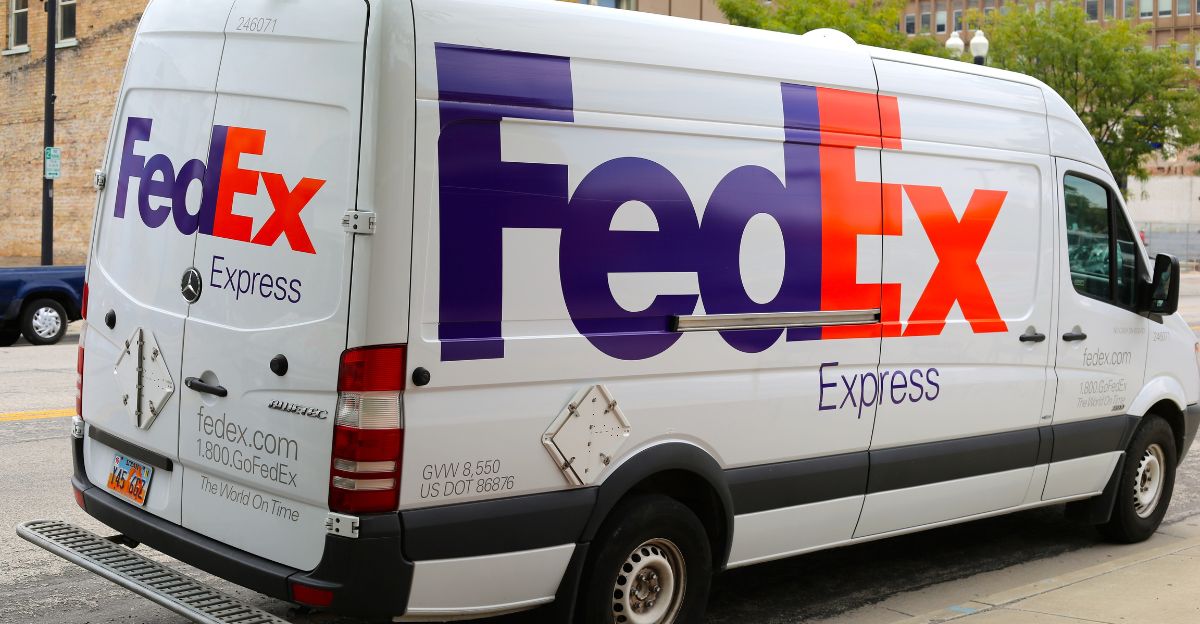
FedEx and UPS face contradictory pressures. Return volumes strain networks experiencing demand fluctuations. Yet returns represent crucial revenue. Carriers respond with strategic pricing adjustments. Amazon Logistics, handling significant U.S. parcel volume, pressures traditional carriers.
FedEx and UPS balance competing for return volume against maintaining profitability on lightweight, residential deliveries. Third-party logistics providers filling gaps see opportunity and specialization.
Navigate the New Reality

Buy in bulk and freeze where possible—not just food, but seasonal items purchased well before need dates. Shop in-store when feasible—in-store return rates run much lower, often avoiding mail-in fees. Document everything immediately: photograph items upon delivery, test within days, track deadlines with buffer time.
Leverage holiday extensions—make major purchases October-December when retailers offer January return deadlines. Join loyalty programs for extended windows and waived fees. Consider store credit advantages if you’ll shop there again. Read policies before purchase—82% of consumers consider returns when shopping online. Buy only what you genuinely want.
Forward-Looking Reflection
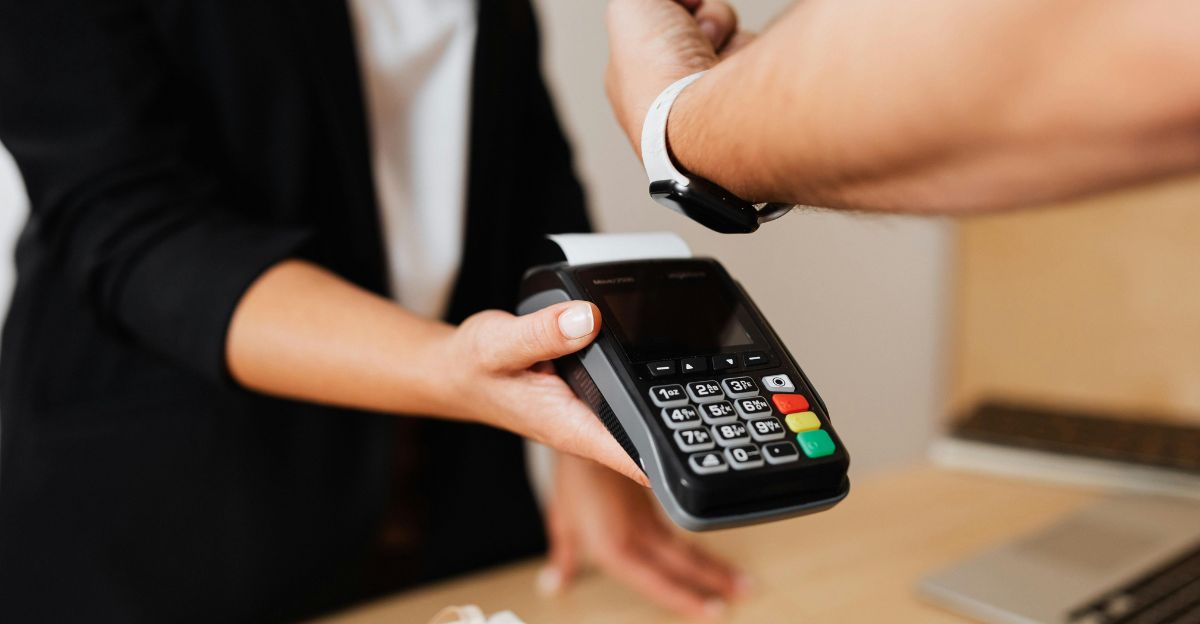
If 30-day windows represent the opening salvo, several trends seem inevitable. Personalized return policies based on purchase history and return rates will proliferate—trustworthy customers enjoy generous terms while high returners face restrictions. Real-time AI monitoring becomes ubiquitous; retailers increasingly employ advanced fraud detection systems.
Further window compression seems likely for some categories; fashion may see shorter windows become standard. Store-credit-only returns will expand. Return fees will likely increase. But counter-trends emerge: sustainability pressure, regulatory intervention, and accessibility accommodations for vulnerable populations.
Final Wrap-Up
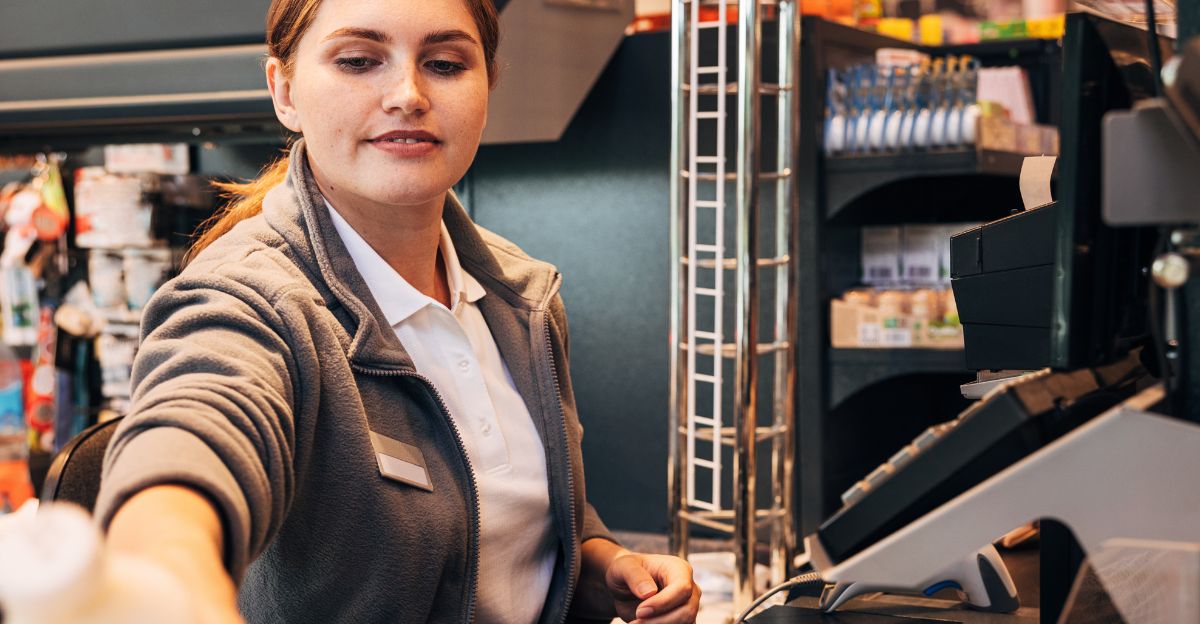
What began as beauty retailers shortening windows reveals itself as an economic transformation touching every household. The $890 billion return challenge forces retailers to choose between generous policies driving e-commerce growth and financial sustainability threatened by fraud. Security tags, shortened windows, store-credit policies, and AI surveillance represent practical responses.
Ripples extend beyond retail: grocery bills absorb shifted costs, mental health weathering increased anxiety, shipping companies restructuring networks, international trade adjusting, and environmental advocates debating outcomes. The fundamental American shopping assumption—”I can always return it”—is shifting. Every purchase now carries stakes that previous generations never imagined. This isn’t just commercial transformation; it’s cultural, reshaping American consumer identity.